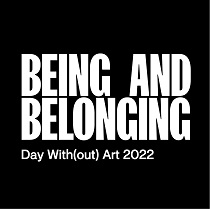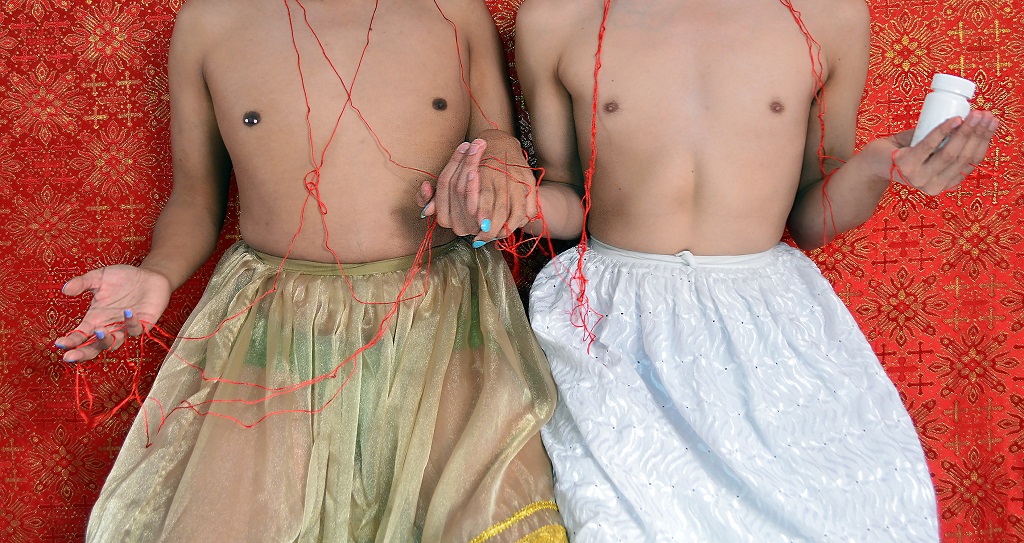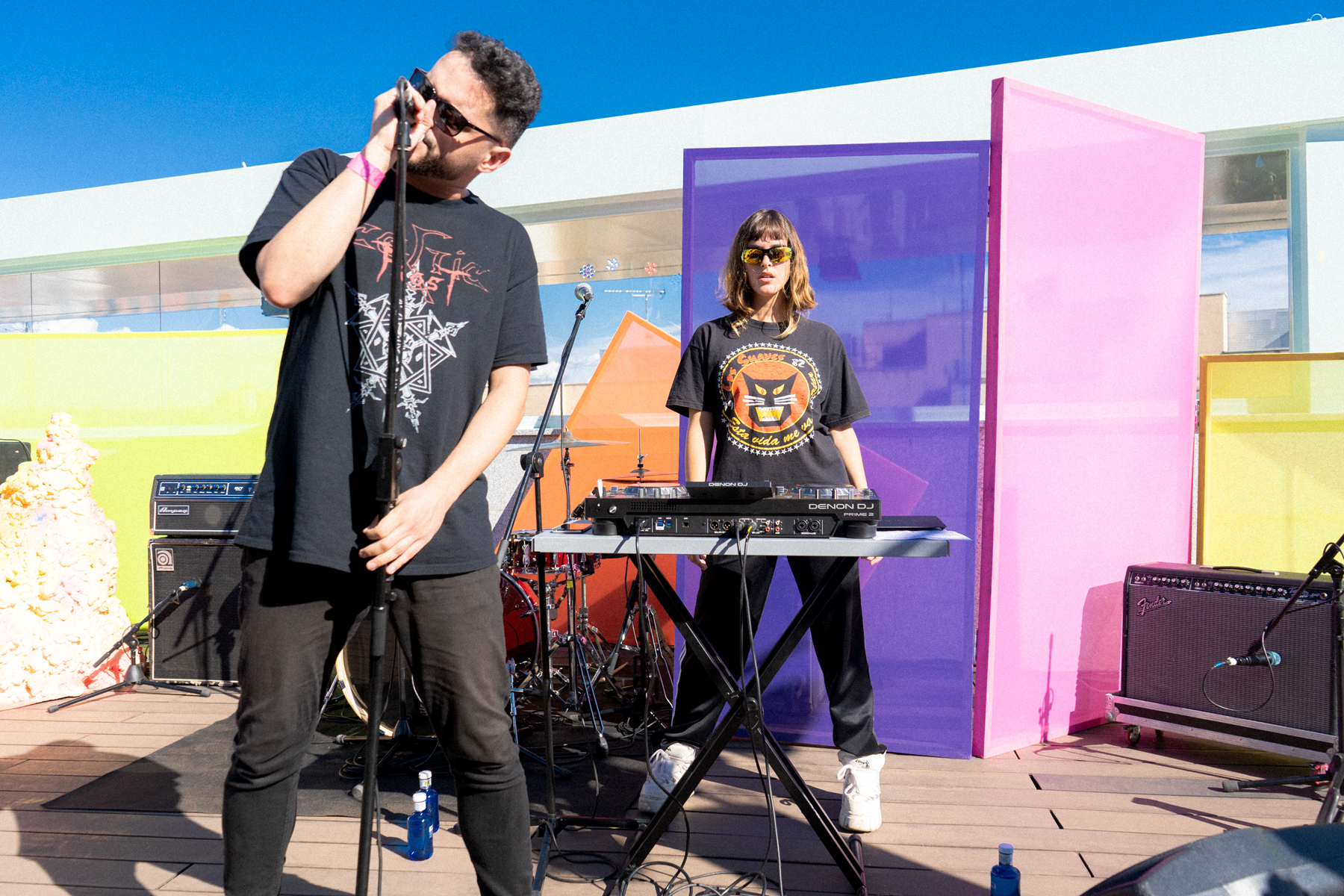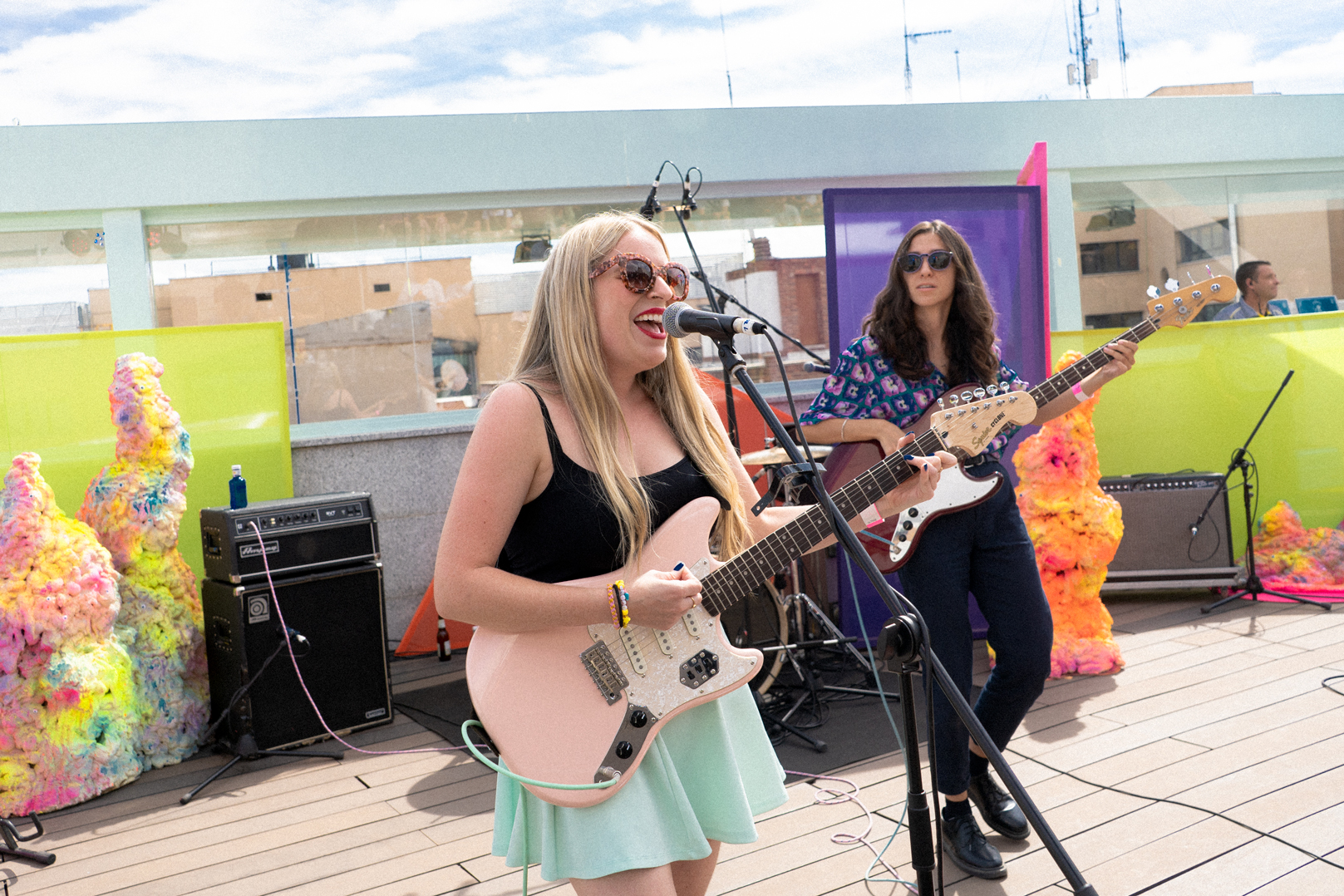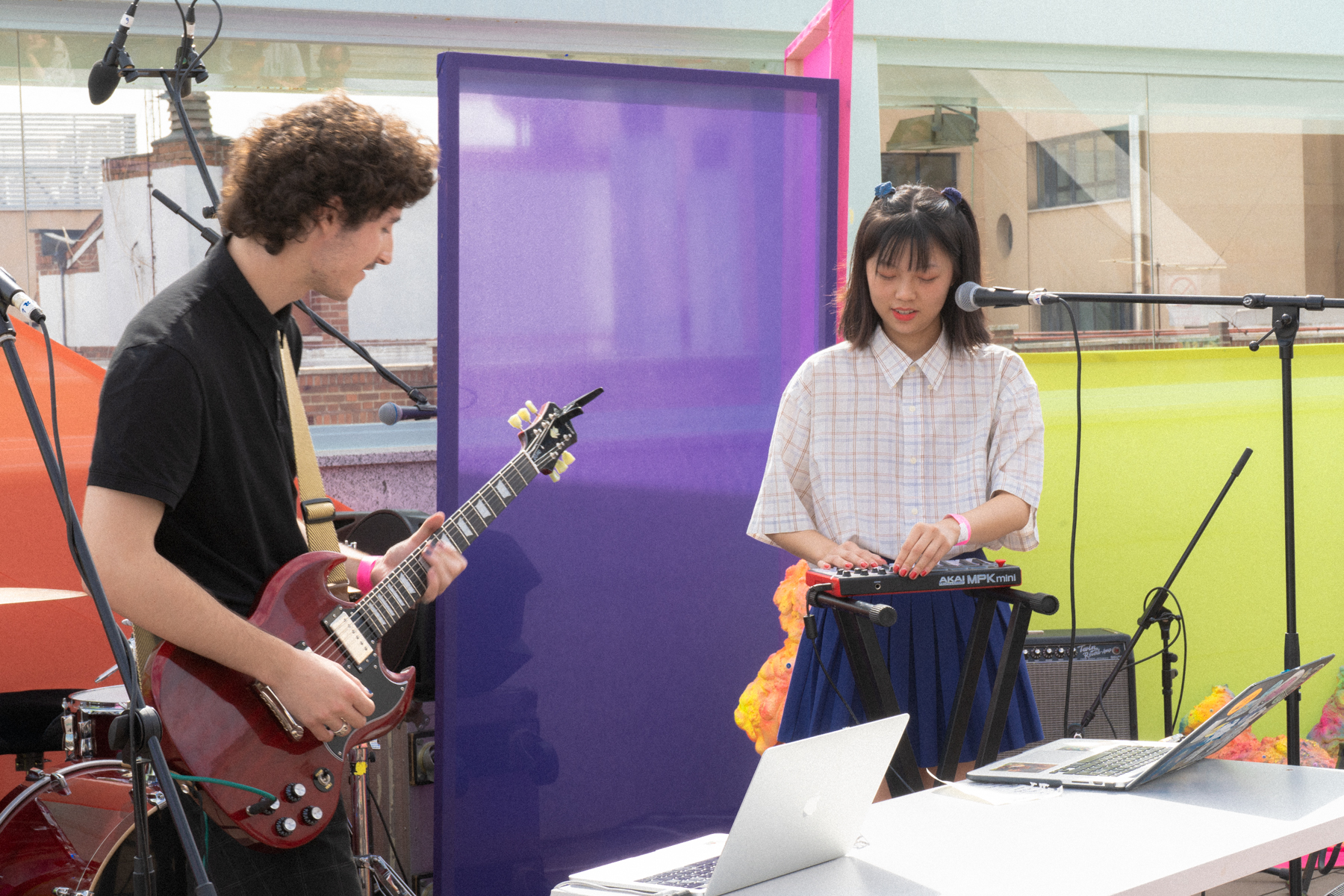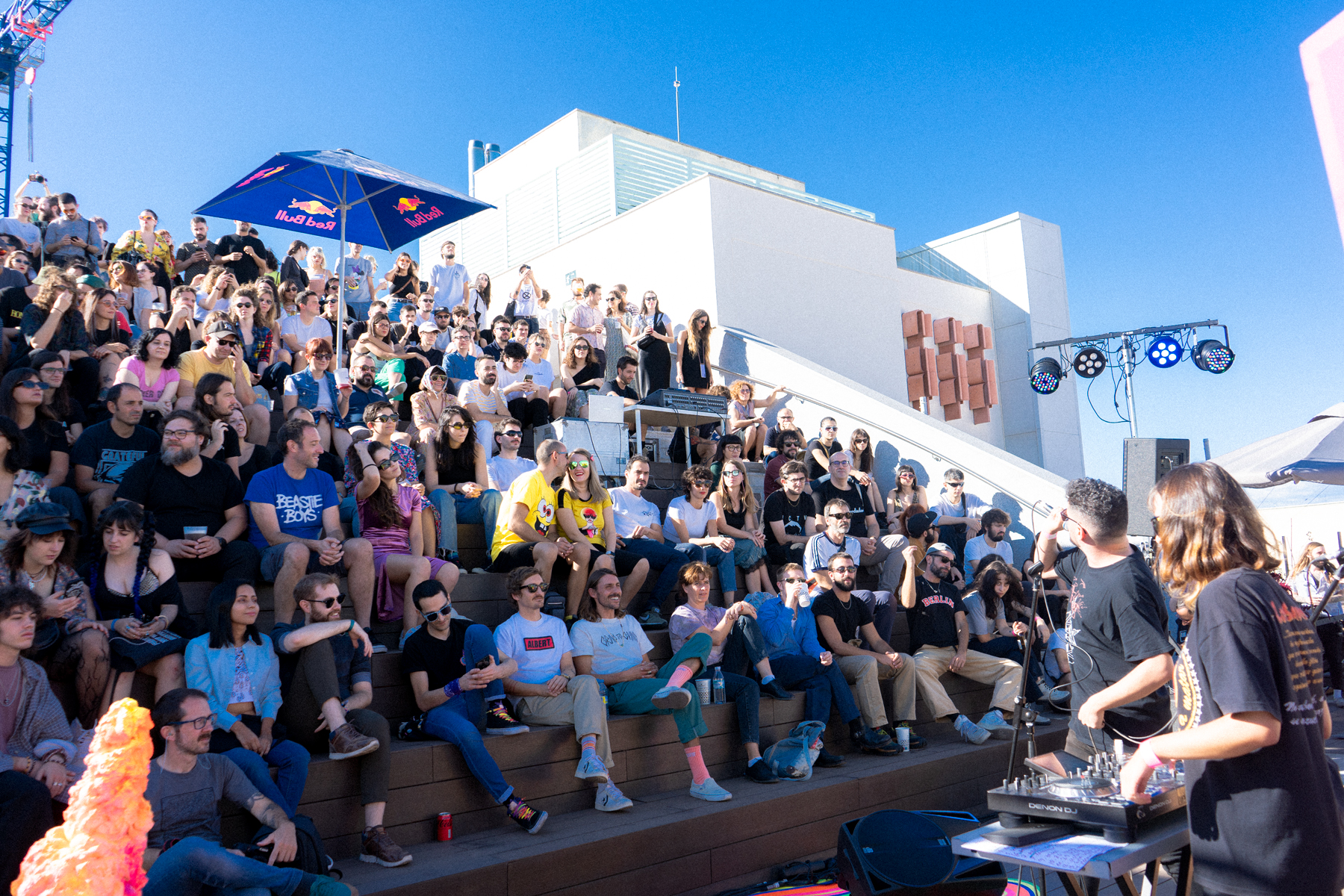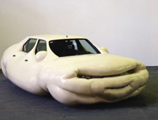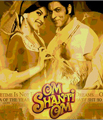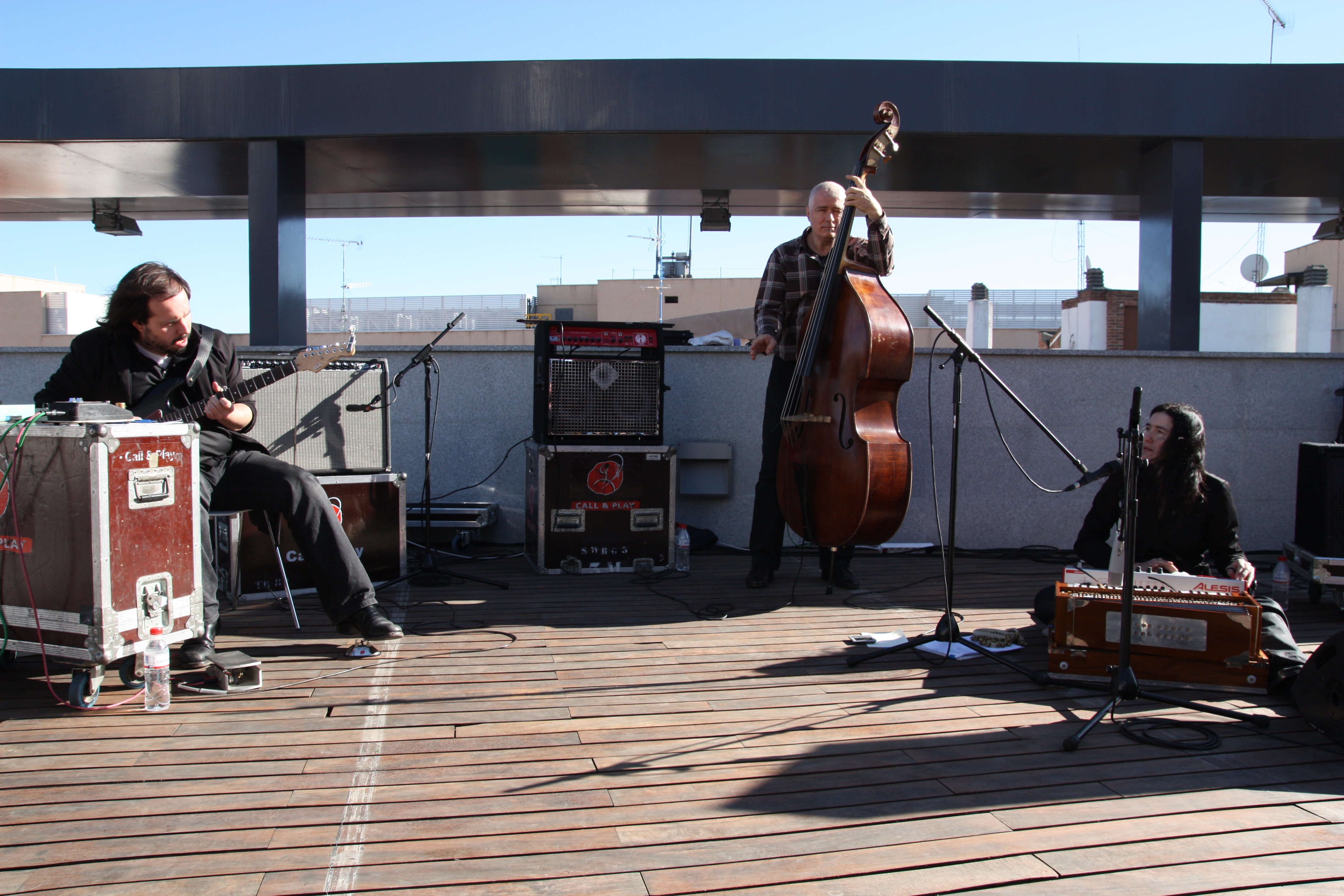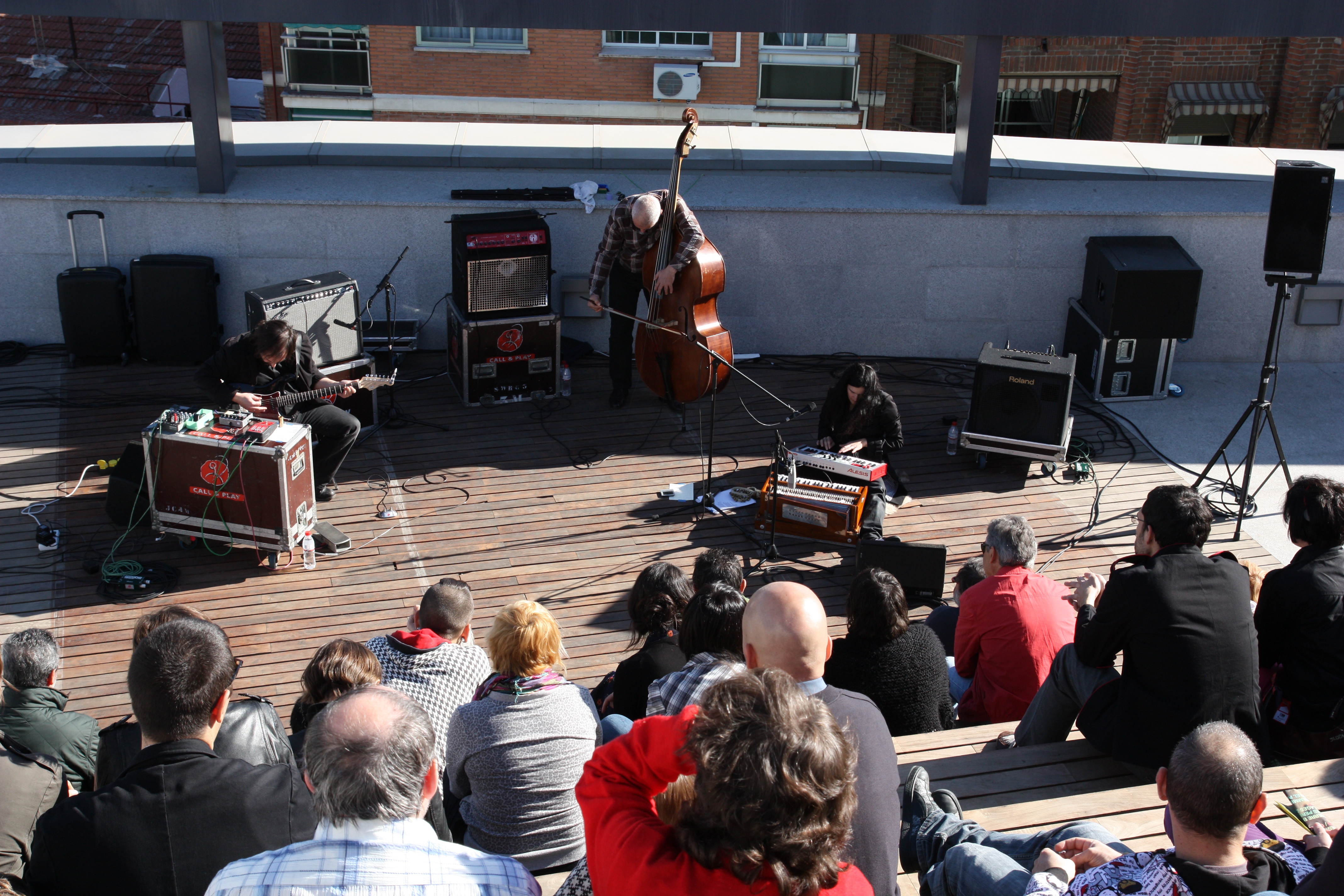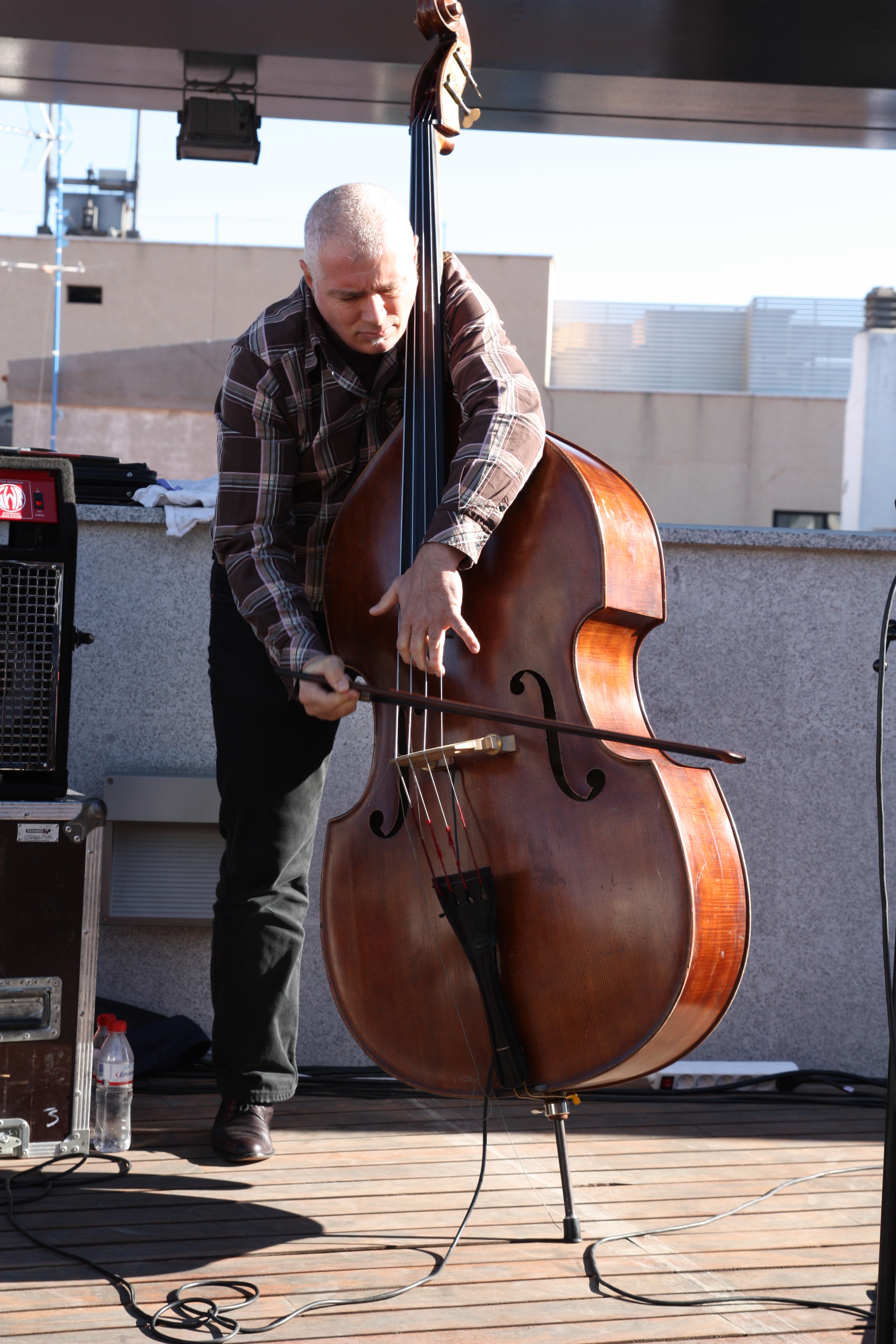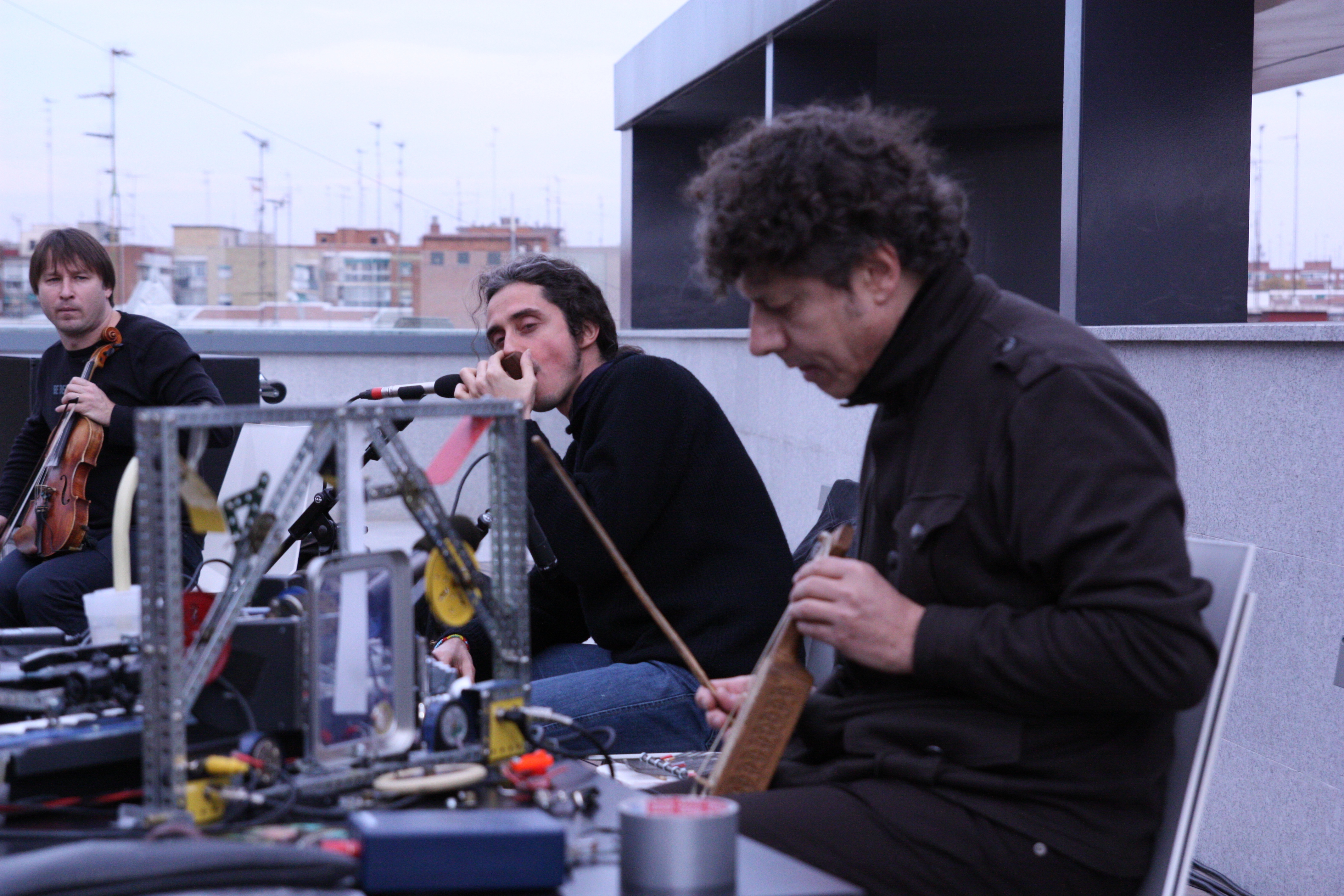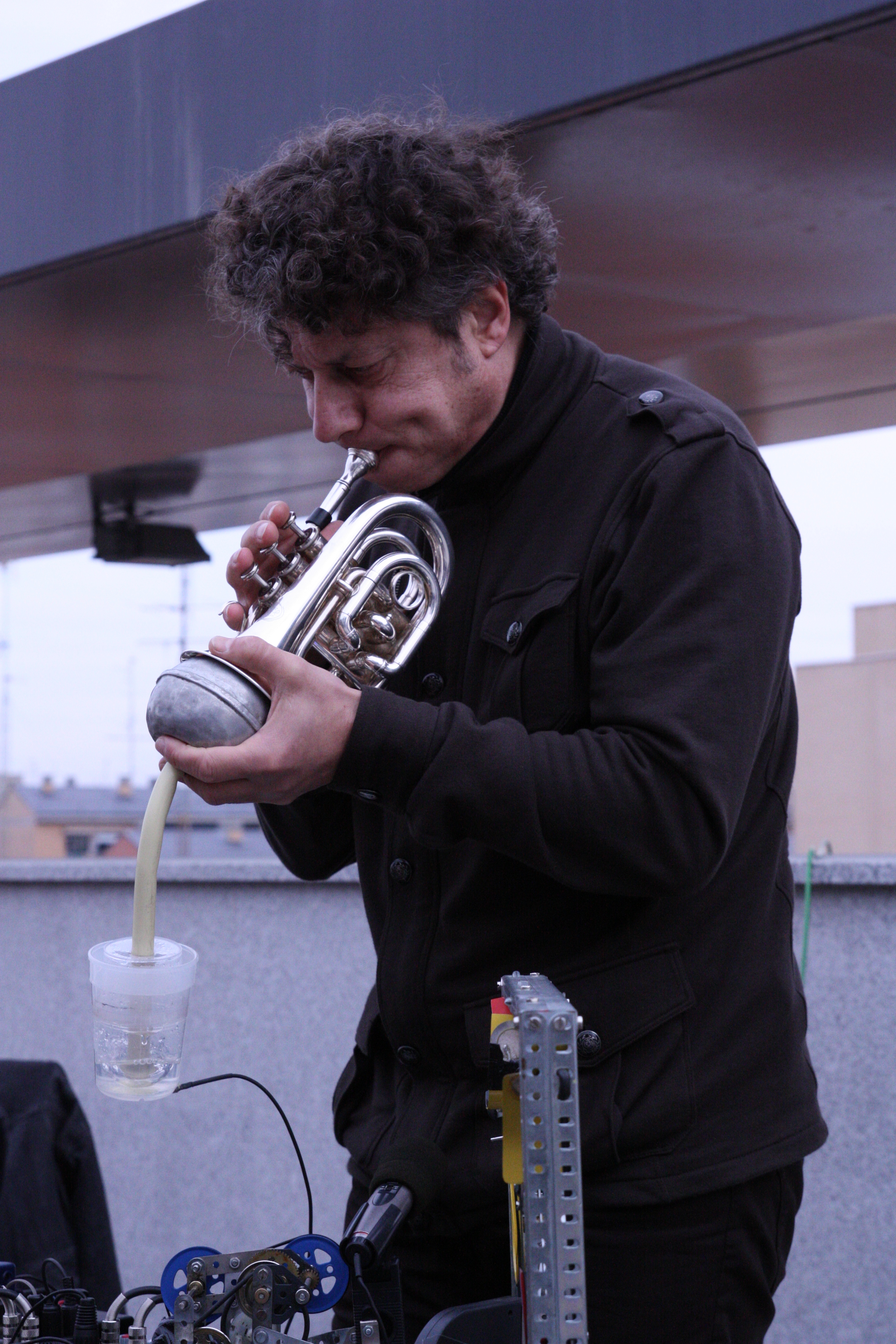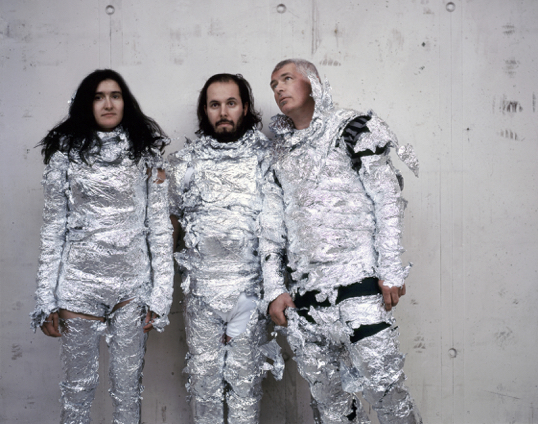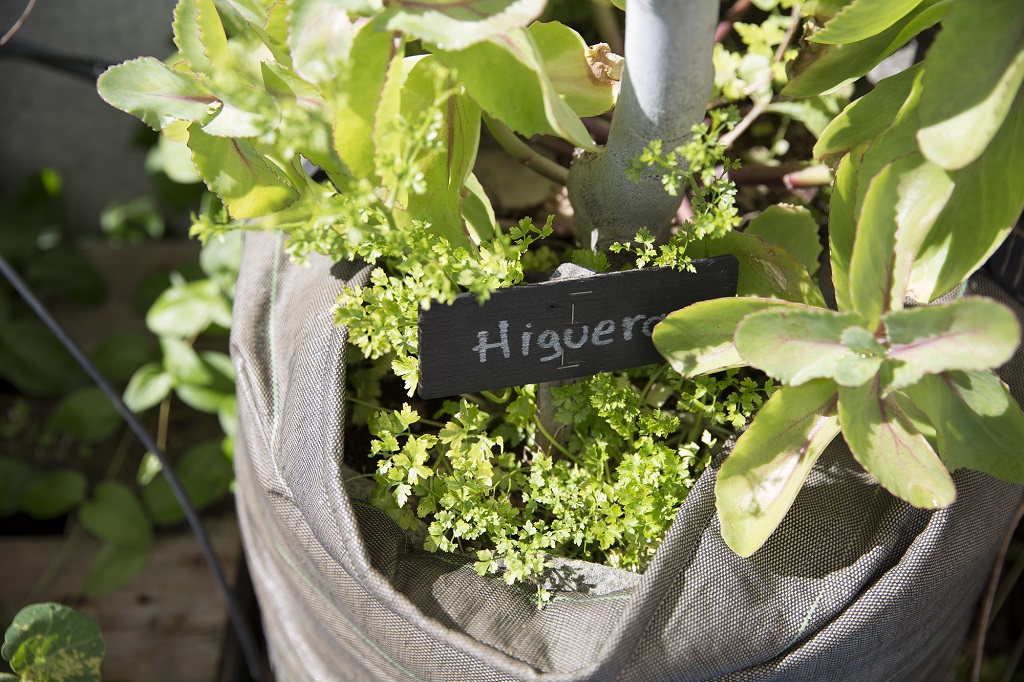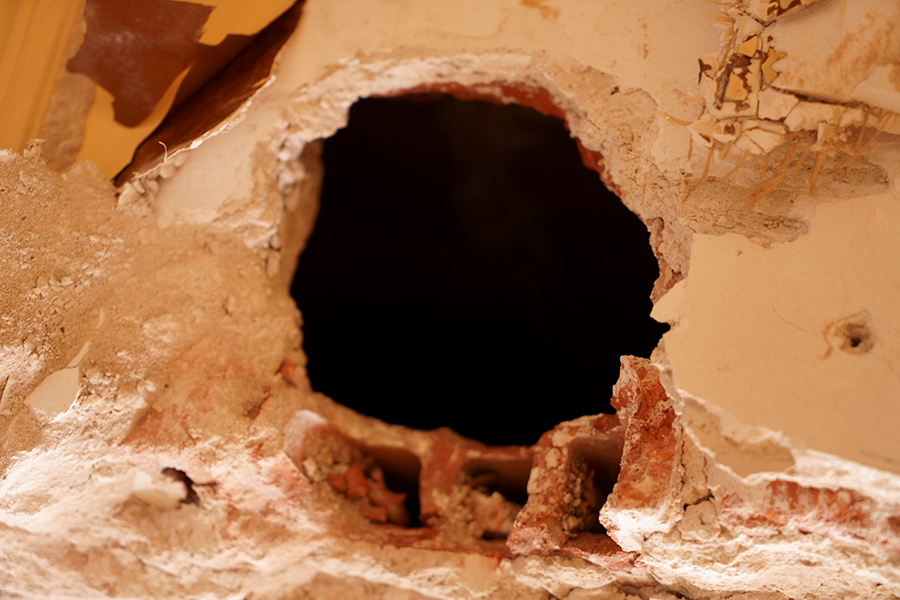The garden on the museum’s roof terrace has already earned a name for itself as a beacon for agro-ecology in the city. Since we first started, we have gone through an intense process in which many different people have been involved, making it a meeting point where people work together and share their experience and know-how.
Since it was first set up, the roof terrace garden was conceived as more than a place to teach ecological agriculture because the founding mandate was to create a local community. This goal has been fulfilled today thanks to a hardcore of people who have now accrued years of experience, enjoyment, learning and sharing together based on the practice of agro-ecology and permaculture, recovering traditional rural knowledge and exploring ideas to face the challenges of sustainability.
Today this challenge is more urgent that ever, which is why we need to expand its reach and pay more attention to the direct practice of sustainability in cities, reinforcing self-sufficiency, producing food for self-consumption, DIY and locally-sourced production, promoting and motivating a culture of proximity. This will be our best weapon to respond to the major challenges of the twenty-first century, like climate change, the crisis in natural resources and the need to transition towards a model of society more respectful with the planet and the people who live in it.
To face up to this formidable challenge, we have the experience and collaboration of Instituto de Transición Rompe el Círculo [Break the Circle Transition Institute], which focuses its activity over the last decade on sustainability in cities, taking Móstoles as a testing ground. That’s why today our roof terrace garden now becomes a Community Sustainability Laboratory.
PROGRAMME 2022
BLOCK 3: TRADITIONAL KNOW-HOW AND KNOWLEDGE ABOUT PLANTS
THURSDAYS 11:30 AM - 1:30 PM
THURSDAY 29 SEPTEMBER – 4:30-8:30 PM
Plant cuttings at Museo CA2M
Once again, we are inviting plant lovers to join us in another session of exchanging slips and cuttings of indoor plants. This time, as well as swapping, we will also run a short half-hour theoretical workshop on the basics of looking after plants, held twice during the day: at 6:00 and again at 7:30 pm, for those unable to attend the previous one. Regardless of whether you attend the theoretical workshop or not, slips and cuttings can be exchanged uninterruptedly between 4:30 and 8:30 pm.
THURSDAY 6 OCTOBER– 11:30 am - 13:30 pm
Autumn planting in the garden
We will plant vegetables in our edible forest.
THURSDAY 13 OCTOBER– 11:30 am - 13:30 pm
Medicinal plants and natural remedies
Exploring natural homemade remedies. How to prepare natural oils, ointments and recipes for everyday ailments.
THURSDAY 20 OCTOBER– 11:30 am - 13:30 pm
Listening to the city flora
The plants that grow in the cracks and corners of our towns and cities listen to us as we pass by in our day-to-day coming and going. They are largely ignored, but their forms and colours cry out to us to be listened to. In this session we will step outside the museum and discover curious facts about the flora on our city streets and give them the care and attention they deserve.
THURSDAY 27 OCTOBER – 11:30 am - 13:30 pm
Recognizing local edible herbs
With globalization, many local plants which were once used for curing ailments and for cooking have now been forgotten about. In this session we will take a walk around Móstoles and learn to recognize these overlooked plants that are worth recovering.
THURSDAY 3 NOVEMBER– 11:30 am - 13:30 pm
Making seed bombs
After all we have learnt about herbaceous plants in popular culture, now is the moment to take over our city by sowing these plants in abandoned lots which have great potential for growing. Learn how to make seed bombs and join our Guerrilla Garden, scattering seeds around the city.
THURSDAY 10 NOVEMBER– 11:30 am - 13:30 pm
Organic gardening: the role of coupling in chemical-free growing
We will learn to combine different plants, shrubs and trees to ensure a bio-diverse garden that maintains the fertility of the soil and makes it resistant to plagues and illnesses.
THURSDAY 17 NOVEMBER– 11:30 am - 13:30 pm
How to make a homemade worm composter
A good way of reducing residues produced at home is composting leftover food and peelings. Learn to build a worm composter and to maintain it throughout the year.
THURSDAY 24 NOVEMBER – 11:30 am - 13:30 pm
Residue-free Christmas
Christmas is the time of free of most compulsive consuming and greatest generation of waste. We will show you how to reduce your environmental footprint with a number of ideas to ensure a sustainable Christmas.
THURSDAY 1 DECEMBER – 11:30 am - 13:30 pm
Healthy recipes for Christmas
If we wish to change our model of society, it is time to break routines associated with certain times of the year, such as Christmas. A menu for Christmas does not have to be expensive or full of gourmet products. In this workshop we will show you original, healthy and inexpensive recipes for the holiday season.
BLOCK 2: SELF-SUFFICIENCY IN ORGANIC GARDENING
EVERY THURSDAY 11:30-13:30
Growing locally and learning to be self-sufficient is becoming increasingly important to ensure our food sovereignty. Join this course and learn how to grow with us and why it is necessary for our cities to commit to sustainability.
THURSDAY 24 MARCH 11:30 – 1:30
Growing crops in the city.
We will prepare seed beds for the spring in our organic garden and provide pointers on how to prepare a garden of potted plants to produce our own zero-km food.
THURSDAY 31 MARCH 11:30 – 1:30
Sharing the CA2M roof terrace. A session with Elena Alonso and the roof-top garden
This introductory session will talk about how to design and create ecosystems based on the principles of permaculture and will set the ground rules for starting an urban forest garden on our terrace. The session includes the participation of the artist Elena Alonso, whose installation Al cuidado de las pequeñas sombras (Caring for little shadows) will help us to understand the need for a better inter-species relationship in order to maintain a balanced ecosystem.
THURSDAY 7 APRIL 11:30 – 1:30
Planning a forest garden in the city
What’s the difference between an ordinary forest garden and an urban forest garden? An understanding of microclimates. What are the shortcomings and the needs of a terrace garden?
THURSDAY 21 APRIL 11:30 – 1:30
Planting a forest garden: tree stratum
We start by planting the biggest plants. Why do we choose these species?
THURSDAY 28 APRIL 11:30 – 1:30
Planting a forest garden: shrub stratum
We continuing planting with shrubs and small fruit trees. Why do we choose these species?
THURSDAY 5 MAY 11:30 – 1:30
What should I plant in my garden? Planting the herbaceous layer and annual plants
Learn to calculate the number of plants and the space required depending on your needs.
THURSDAY 12 MAY 11:30 – 1:30
Preventing and treating plagues
Plagues affect us equally whether we are in the city or the countryside. Learn to observe your plants, to prevent the attack of insects and other pests and prepare homemade organic remedies.
THURSDAY 19 MAY 11:30 – 1:30
Closing circles in a garden
In order for your system to be 100% sustainable you have to make the most of the resources it offers without generating residues.
THURSDAY 26 MAY 11:30 – 1:30
Jam workshop
Late spring is a good time for seasonal fruits. This workshop will show us how to make jam with the short-lived summer seasonal fruit that we would like to enjoy at any time of year.
THURSDAY 2 JUNE 11:30 – 1:30
Preserves workshop
Another way of making the most of surplus produce is preserves. It is especially important to pay extra care to hygiene conditions to ensure that the canned or preserved food lasts longer and in optimum conditions.
THURSDAY 9 JUNE 11:30 – 1:30
Making bread at home workshop
One of the easy and most gratifying ways of being self-sufficient is to make our own bread. Learn to make sourdough starter and basic recipes for making bread at home.
THURSDAY 16 JUNE 11:30 – 1:30
Preparing a sun drier (double session 10:00-2:00)
Sundrying food is a little-used practice that helps to preserve food throughout the year with their nutritional qualities practically intact.
Join us in this double woodworking session in which we will design and build our own drier for summer gluts.
THURSDAY 23 JUNE 11:30 – 1:30
Seed collection
In the last of our self-sufficiency workshops we will learn to choose and preserve seeds from our garden so that we don’t have to buy them every year.
THURSDAY 30 JUNE 11:30 – 1:30
Cool recipes for a sustainable summer
We will conclude the year’s course with a celebratory workshop full of healthy recipes with sustainable locally-sourced products at a time when the summer garden starts to come into its own and offer us a huge variety of produce.
BLOCK 1: THE WONDERFUL WORLD OF INDOOR PLANTS
EVERY THURSDAY 11:30-13:30
The world of indoor plants
17 February 11:30-13:30h
What do I need to grow indoor plants at home? Find out what are the best plants to suit your home, your tastes and your time.
Basic care for indoor plants
24 February 11:30-13:30h
Is direct sunlight good for my plants? How much and how often should I water them? When is the time to compost? We will help you.
Plagues and illnesses of indoor plants
3 March 11:30-13:30h
Just like garden plants, indoor plans also suffer attacks from insects and funguses. What can I do about them?
Reproducing indoor plants
10 March 11:30-13:30h
How do you make slips and cuttings? Can I divide my plants?
A greenhouse at home
17 March 11:30-13:30h
What are the benefits of having plants at home? Are they suitable for every room? Could my plants cause me any harm?
